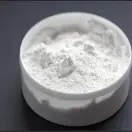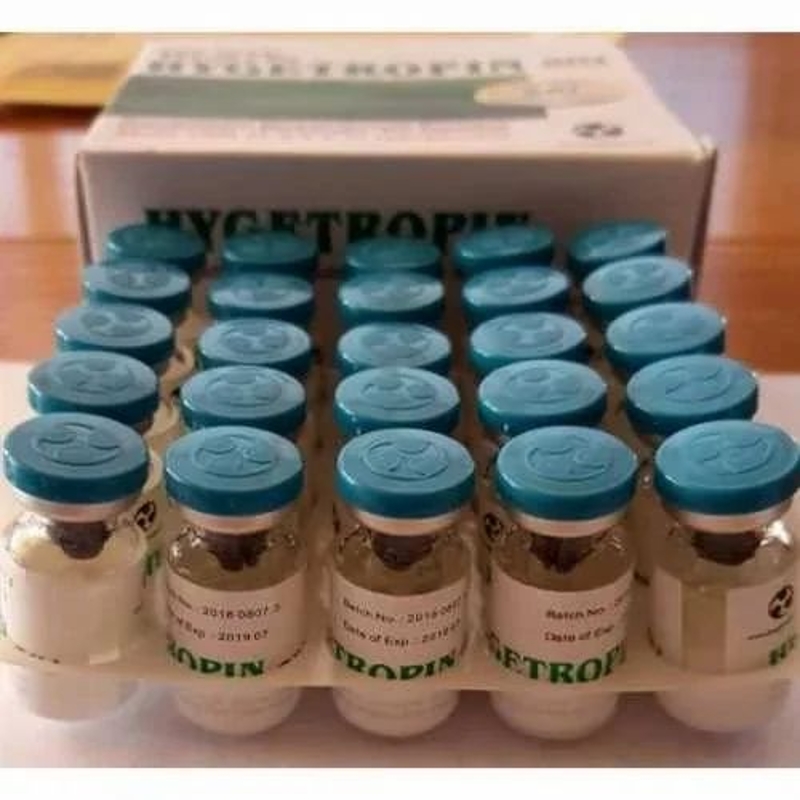-
Categories
-
Pharmaceutical Intermediates
-
Active Pharmaceutical Ingredients
-
Food Additives
- Industrial Coatings
- Agrochemicals
- Dyes and Pigments
- Surfactant
- Flavors and Fragrances
- Chemical Reagents
- Catalyst and Auxiliary
- Natural Products
- Inorganic Chemistry
-
Organic Chemistry
-
Biochemical Engineering
- Analytical Chemistry
-
Cosmetic Ingredient
- Water Treatment Chemical
-
Pharmaceutical Intermediates
Promotion
ECHEMI Mall
Wholesale
Weekly Price
Exhibition
News
-
Trade Service
Background: Glucagon-like peptidase 1 (GLP-1) receptor agonists, dipeptidyl peptidase-4 (DPP-4) inhibitors, and sodium-glucose cotransporter-2 (SGLT-2) inhibitors are commonly used novel antihyperglycemic drugs
.
In addition to their beneficial cardiovascular effects, emerging evidence suggests that these drugs may also have benefits for lung function, for example in patients
with chronic obstructive pulmonary disease.
In laboratory studies in mouse models of obstructive pulmonary disease, direct stimulation of GLP-1 receptors by GLP-1 receptor agonists reduced airway hyperresponsiveness and inflammation, thereby improving survival
.
In addition, GLP-1 receptor agonists have been shown to improve forced vital capacity
in patients with impaired lung function in randomized controlled trials.
DPP-4 inhibitors may reduce bronchial hyperresponsiveness by increasing endogenous GLP-1 concentrations and directly blocking DPP-4, a molecule
upregulated in the lungs of patients with worsening chronic obstructive pulmonary disease.
Finally, although SGLT2 receptors are not expressed in the lungs, these drugs may play a beneficial role by inducing glucosuria to reduce carbon dioxide retention and reduce the risk of pneumonia, a major trigger
for the exacerbation of COPD.
In one study, DPP-4 inhibitors were not
associated with a reduced risk of severe exacerbations of COPD.
In another study, GLP-1 receptor agonists were associated
with a 48% lower risk of severe exacerbations in patients with type 2 diabetes and chronic lower respiratory disease (asthma or chronic obstructive pulmonary disease).
However, the studies did not take into account other clinically important outcomes, such as moderate exacerbation, nor could they adjust for potentially important confounding factors such as body mass index, smoking, and measures of lung function
.
To our knowledge, no real studies have been conducted to assess whether SGLT-2 inhibitors are associated with
a reduced risk of COPD exacerbations.
Objective: To investigate whether the use of glucagon-like peptide-1 (GLP-1) receptor agonists, dipeptidyl peptidase-4 (DPP-4) inhibitors and sodium-glucose co-transporter-2 (SGLT-2) inhibitors is associated with
a reduced risk of COPD exacerbation in patients with COPD and type 2 diabetes.
Objective: Given the high risk of chronic obstructive pulmonary disease-related morbidity and mortality in patients with type 2 diabetes, we conducted a large population-based cohort study to determine whether GLP-1 receptor agonists, DPP-4 inhibitors, and SGLT-2 inhibitors are associated
with a reduced risk of COPD exacerbations compared to sulfonylureas, respectively.
Methods: Participants were 3 patients with a history of chronic obstructive pulmonary disease, i.
e.
a new user cohort
of drugs (GLP-1 agonists, DPP-4 inhibitors, or SGLT-2 inhibitors) or sulfonylureas started to study 。 The first cohort included 1252 patients who started taking GLP-1 receptor agonists and 14259 patients who started sulfonylureas, the second group included 8731 patients who started taking DPP-4 inhibitors and 18204 patients who started sulfonylureas, and the third group included 2956 patients who started taking SGLT-2 inhibitors and 10841 patients
who started sulfonylureas.
Key observations: The COX proportional risk model for GLP-1 receptor agonists, DPP-4 inhibitors, and SGLT-2 inhibitors was used to estimate the risk ratio and 95% confidence interval for severe exacerbation of chronic obstructive pulmonary disease (defined as chronic obstructive pulmonary disease admission) by GLP-1 receptor agonists, DPP-4 inhibitors, and SGLT-2 inhibitors
, respectively.
It was also assessed whether these agents were associated with a reduced risk of moderate exacerbations (defined as combined prescription of oral corticosteroids and antibiotics and exacerbation of acute chronic obstructive pulmonary disease diagnosed on the same day).
Results: GLP-1 receptor agonists had severe deterioration compared with sulfonylureas compared with sulfonylureas (3.
5v5.
0 events/100 person-years; The risk was reduced by 30% compared with 0.
70, 95%
confidence interval 0.
49~0.
99) and moderate deterioration (0.
63, 0.
43~0.
94).
DPP-4 inhibitors were associated with a slight reduction in the incidence of severe exacerbations (4.
6 vs.
5.
1 events per 100 person-years; hazard ratio 0.
91, 0.
82 to 1.
02) and moderate exacerbations (0.
93, 0.
82 to 1.
07), with confidence intervals including zero
.
Finally, SGLT-2 inhibitors were associated with a 38% lower risk of severe deterioration (2.
4v3.
9 events per 100 person-years; hazard ratio 0.
62, 0.
48 to 0.
81), but not moderately exacerbation (1.
02, 0.
83 to 1.
27).
Table 1 Relative risk of severe and moderate exacerbation of chronic obstructive pulmonary disease with GLP-1 receptor agonists and sulfonylureas
Fig.
1 Weighted cumulative incidence curve of glucagon-like peptide-1 receptor agonist (GLP-1ra) and sulfonylurea in the treatment of acute exacerbations of severe chronic obstructive pulmonary disease (COPD).
Figure 2 Flowchart
of a study of patients who started taking sulfonylurea or dipeptidyl peptidase-4 (DPP-4) inhibitors in the UK clinical practice study Datalink between 2007 and 2019.
COPD = chronic obstructive pulmonary disease
Table 2 Linear characteristics
before and after dipeptide peptidase 4 (DPP-4) inhibitors and sulfonylurea exposure group tendency to score weighting.
Unless otherwise stated, numeric values are numbers (percentages)
Table 3 Comparison of the relative risk of dipeptide-based polypeptidase 4 (DPP-4) inhibitors and sulfonylureas for severe and moderate exacerbations of chronic obstructive pulmonary disease
Fig.
2 Weighted cumulative incidence curve of dipeptide-based polypeptidase-4 (DPP-4) inhibitors and sulfonylureas in the treatment of exacerbations of severe chronic obstructive pulmonary disease (COPD).
Conclusions: In this population-based study, GLP-1 receptor agonists and SGLT-2 inhibitors were associated
with a reduced risk of severe exacerbations in patients with chronic obstructive pulmonary disease and type 2 diabetes compared with sulfonylureas.
DPP4 inhibitors were not significantly associated with
a reduced risk of COPD exacerbations.
Pradhan R, Lu S, Yin H, et al.
Novel antihyperglycaemic drugs and prevention of chronic obstructive pulmonary disease exacerbations among patients with type 2 diabetes: population based cohort study.
BMJ 2022 Nov 01; 379







